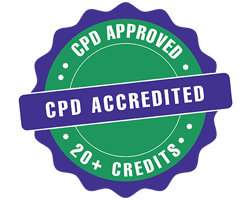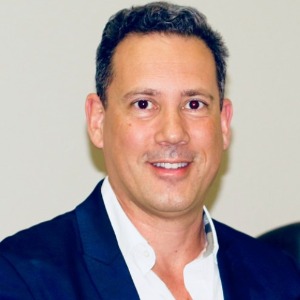Title : AI-Driven infrared imaging and telerobotics in orthopedics: Enhancing diagnostics, surgical precision, and postoperative care
Abstract:
This presentation explores the transformative potential of AI-driven infrared imaging in orthopedic practice, alongside emerging applications of telerobotics and telerounding for postoperative evaluation. Infrared imaging, augmented by machine learning algorithms, enables non-invasive detection of musculoskeletal pathologies through circulatory pattern analysis. Case studies highlight its utility in:
Sports Medicine: Early identification of ACL and meniscal injuries via inflammatory anomalies, achieving diagnostic sensitivity of 91.67% and specificity of 85.71% in preliminary trials.
Oncology: Delineating metabolic activity in bone and soft-tissue tumors, aiding preoperative planning and recurrence monitoring.
Rheumatology: Quantifying joint inflammation in rheumatoid arthritis, correlating inflammatory asymmetry with disease progression.
Wound Care: Predicting surgical incision healing dynamics through real-time metabolic gradients, with promising integration into AI-driven decision systems.
Concurrently, telerobotic platforms enhance surgical precision through real-time intraoperative feedback, reducing complications in arthroplasty and spinal procedures. Postoperatively, telerounding—supported by wearable sensors and telehealth interfaces—facilitates remote monitoring of rehabilitation progress, vital signs, and early complication detection. Data from robotic post-operative demonstrate 30% shorter hospital stays and accelerated return to daily activities when combined with AI-guided recovery protocols.
Future directions emphasize hybrid models integrating infrared imaging biomarkers with digital twins for personalized treatment simulations. Ethical considerations, including AI transparency and equitable access to robotic technologies, are critically addressed.
Keywords: AI-driven infrared imaging, thermography, telerobotics, telerounding, orthopedic diagnostics, postoperative care.




